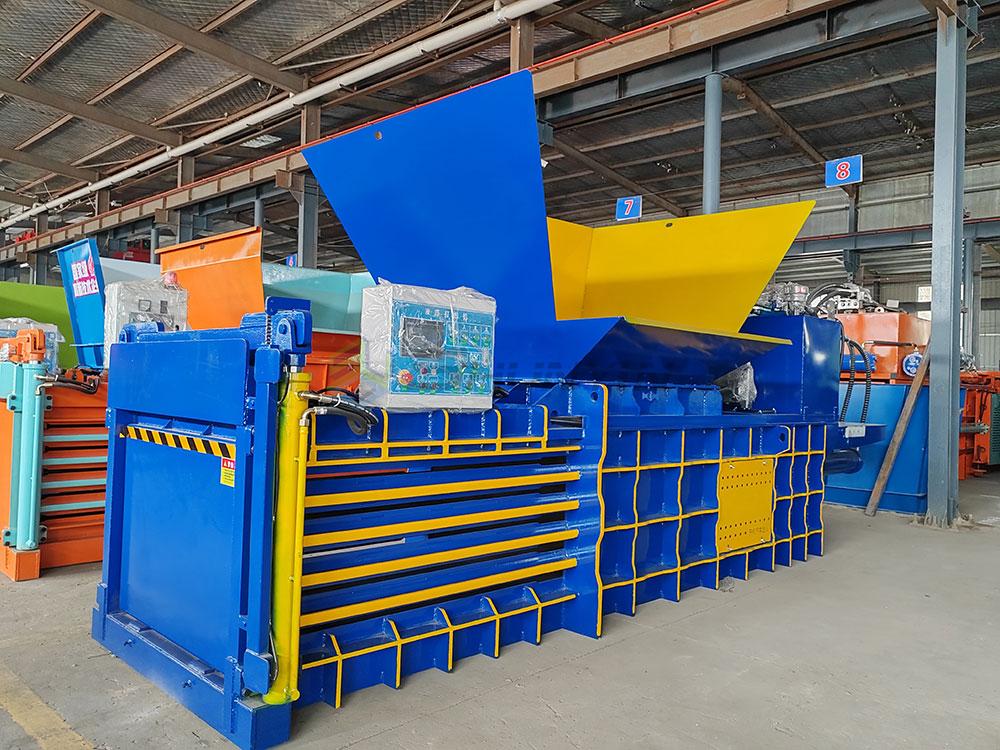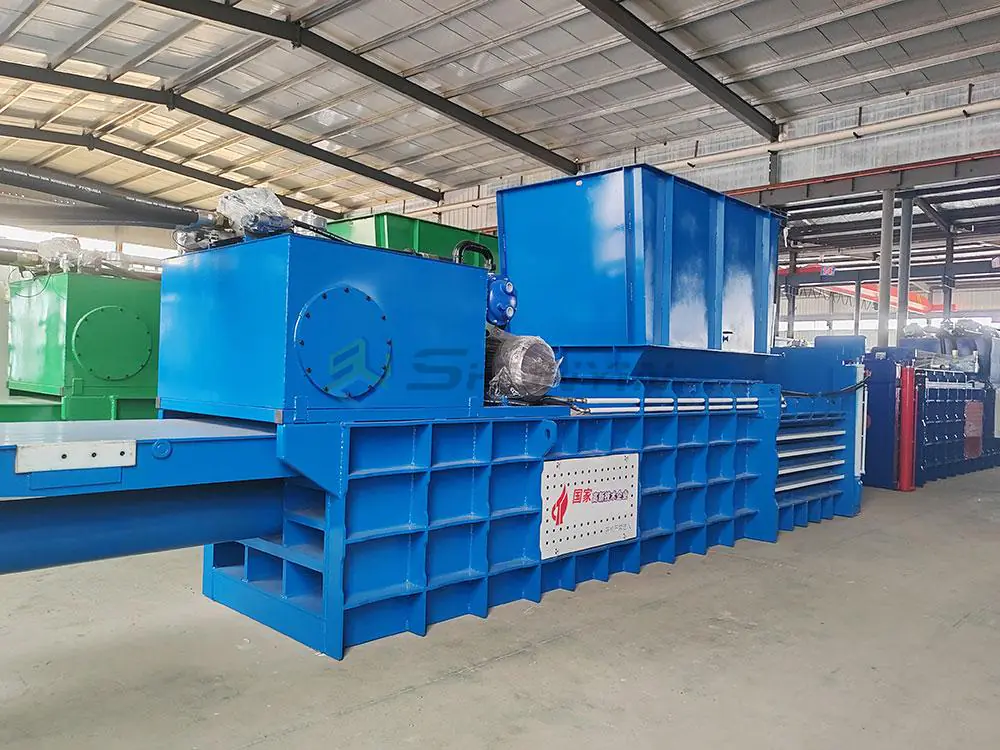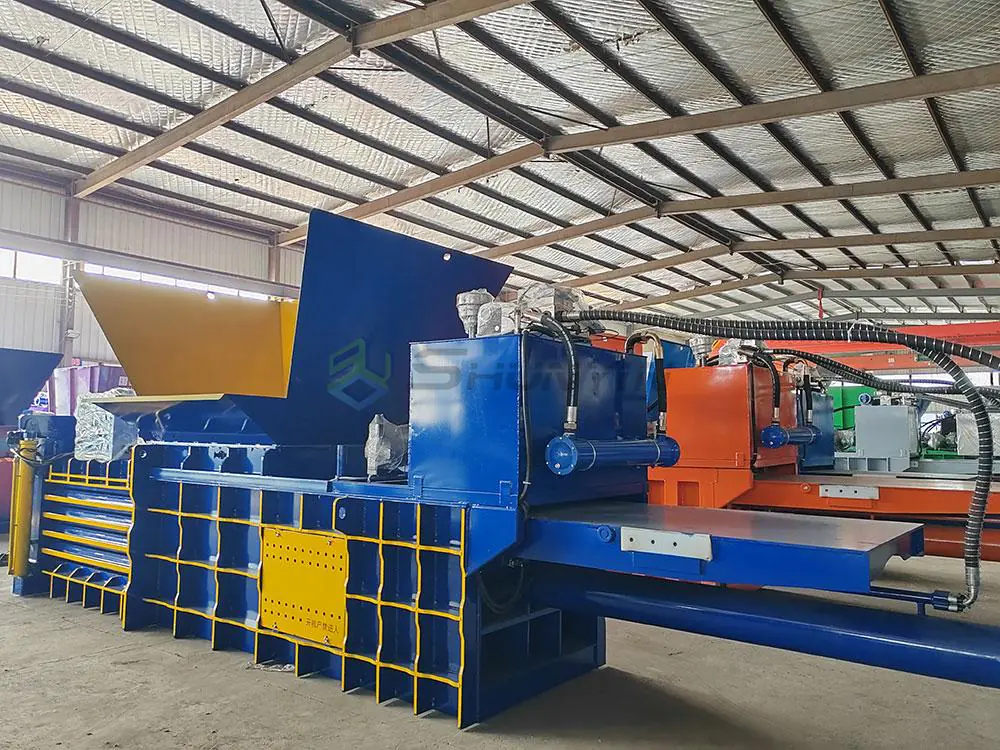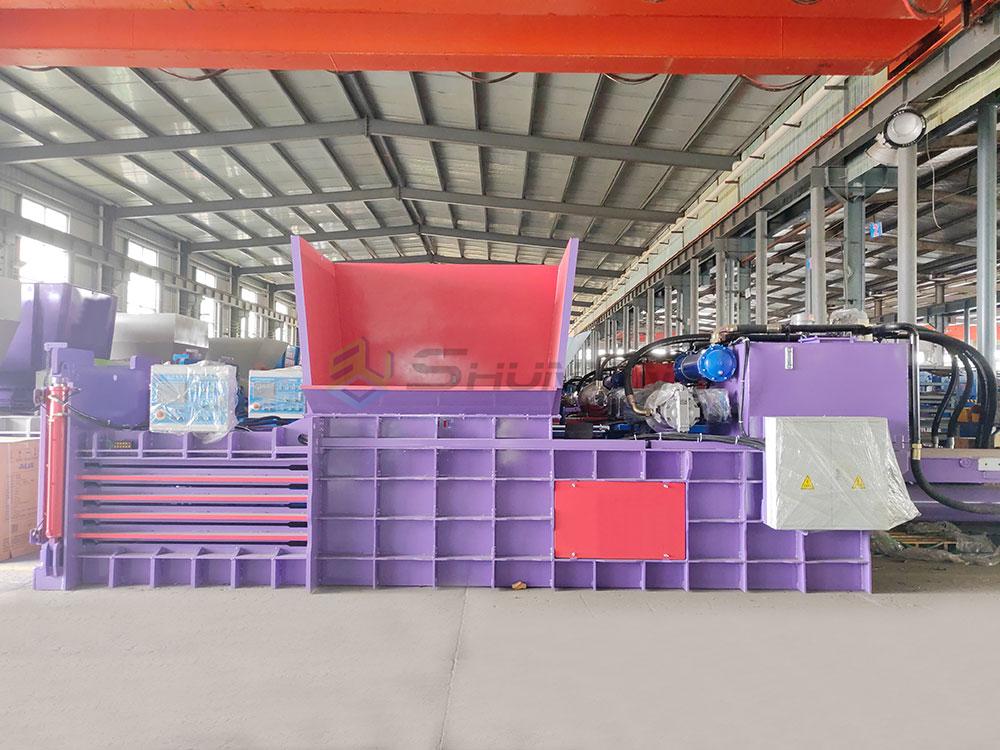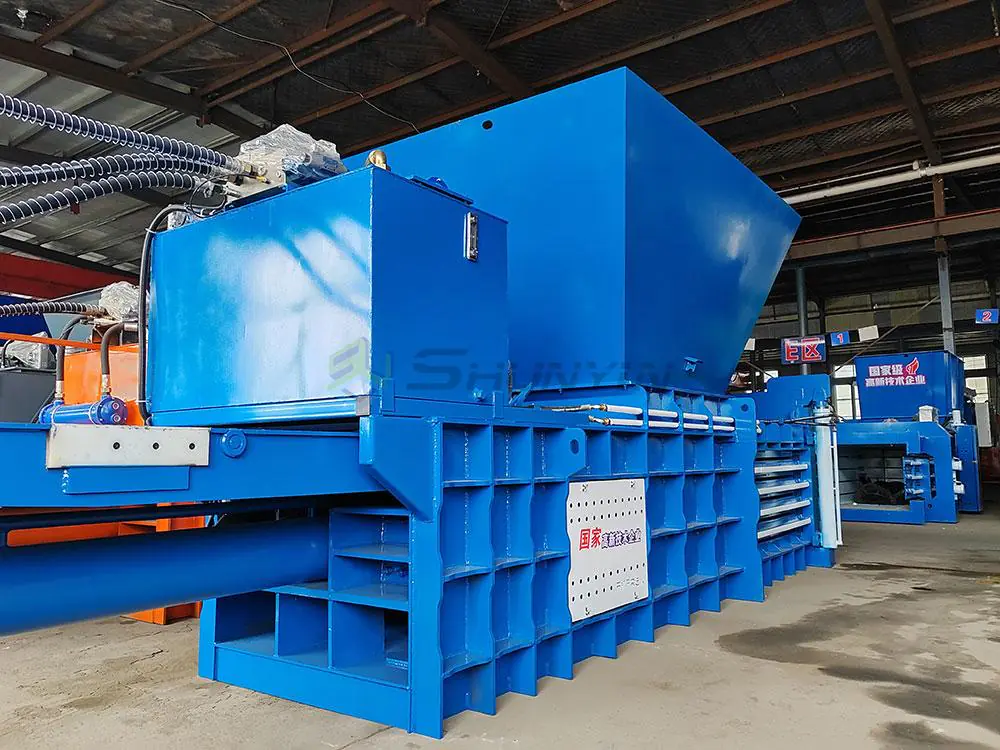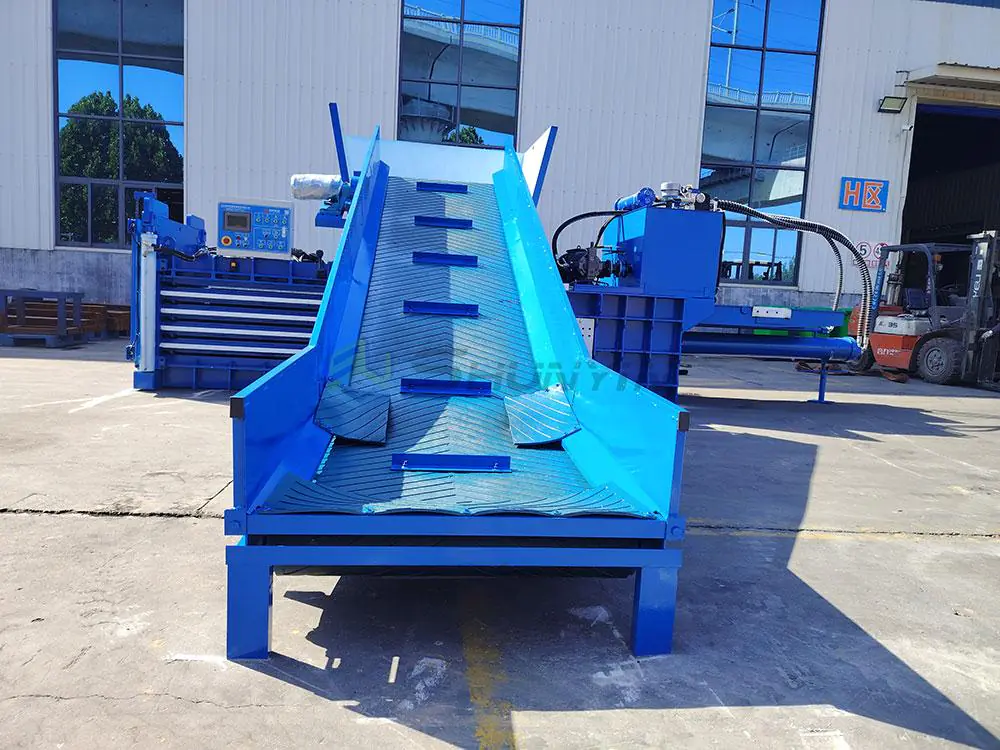Selecting machinery for cardboard recycling? Many companies rush decisions and regret them later. I faced clients who lost thousands due to overlooked automation and poor durability. Choosing wisely prevents financial pain.
The right horizontal baler for your business depends on automation features like automatic wiring/tieing, hydraulic durability, and post-sale support—not just initial price or tonnage. Consider your 3-5 year capacity growth to avoid premature obsolescence.
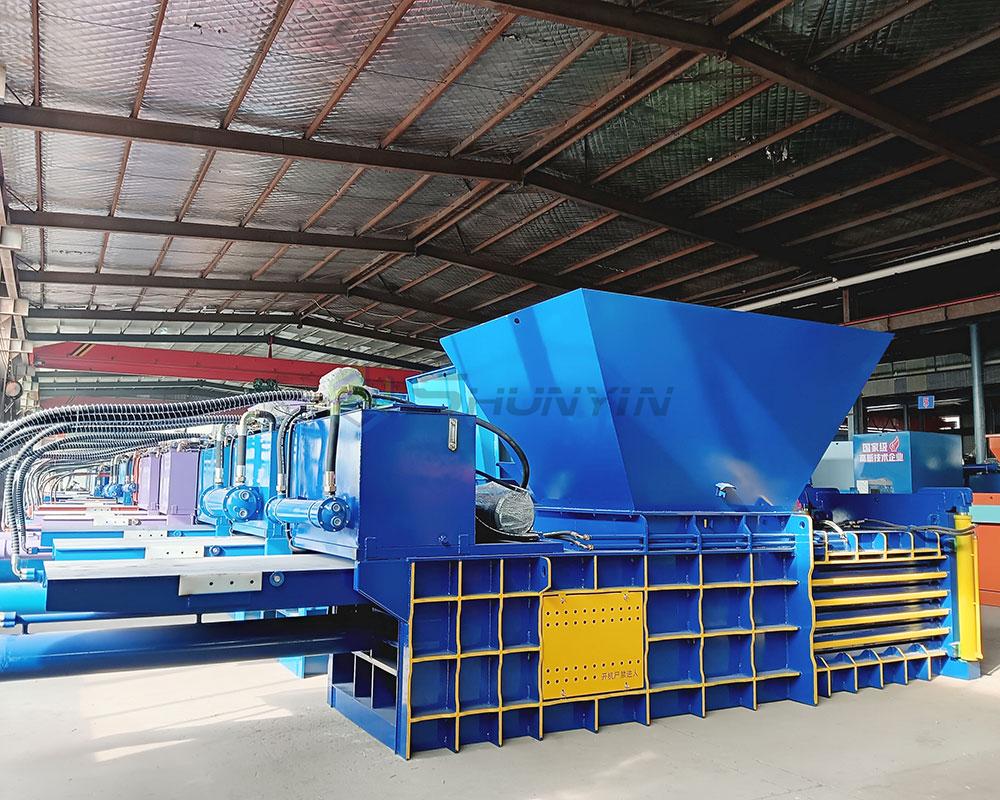
Many buyers fixate on obvious specs, forgetting hidden factors that break operations. Let me share critical insights from my decade in baling solutions. These sections will save you costly mistakes.
What Materials Can a Horizontal Baler Handle in Industrial Recycling?
Think horizontal balers only compress cardboard? That myth wastes recycling potential. I once advised a client struggling with textile waste—we unlocked 30% more revenue streams by expanding material processing.
Modern horizontal balers compact cardboard, PET bottles, plastic film, metal cans, and textiles reliably, using high-tensile blades and hardened cylinders designed for continuous multi-material use without jamming or excessive wear.
Here’s what truly determines performance across materials: durability through engineering, not marketing claims. Forget generic "capacity" reports—real productivity comes from structural resilience.
Material-Specific Optimization Tactics
- Variable Density Management: Thin films need low-pressure modes to avoid tearing, while metals require hydraulic peak force. Look for adjustable pressure settings based on material type.
- Maintenance Intervals by Material: Harder substances wear blades faster. PET processing demands monthly edge checks versus quarterly for cardboard. Always ask suppliers for maintenance schedules tied to throughput.
- Unexpected Material Risk: Some clients discover hazardous waste mixed in loads. Install detectors to pause operations if metals/non-recyclables appear before compaction. One recycling plant avoided a €15k machine breakdown this way.
| Material | Key Baler Settings | Maintenance Alert |
|---|---|---|
| Cardboard | Medium pressure, auto-tie frequency | Lubricate slide rails weekly |
| PET bottles | High compression, slow ram speed | Inspect blades every 250 cycles |
| Textiles | Low-pressure mode, extended cycle time | Clean sensors daily to avoid misfeeds |
Investigate hydraulic oil viscosity ratings too—ISO VG 68 grade maintains seal integrity during metal baling. Cheaper alternatives leak under stress. At ShunYin Machinery, we customize cylinder coatings to your primary waste streams. Send your material samples—I’ll test them in our factory.
How Much Does a Horizontal Baler Cost and What Affects the Price?
Seeing prices from $3k to $80k baffles newcomers. I guided a Canadian logistics center that saved long term by rejecting a cheap "high-tonnage" machine lacking energy certifications. Price reflects hidden efficiencies.
Horizontal balers cost $15,000-$70,000 typically, influenced by pressure tonnage (30-200 tons), automation features, steel quality in hydraulic systems, and chamber thickness. Prioritize ENERGY STAR ratings or ISO-certified models to slash operating costs by 40%.
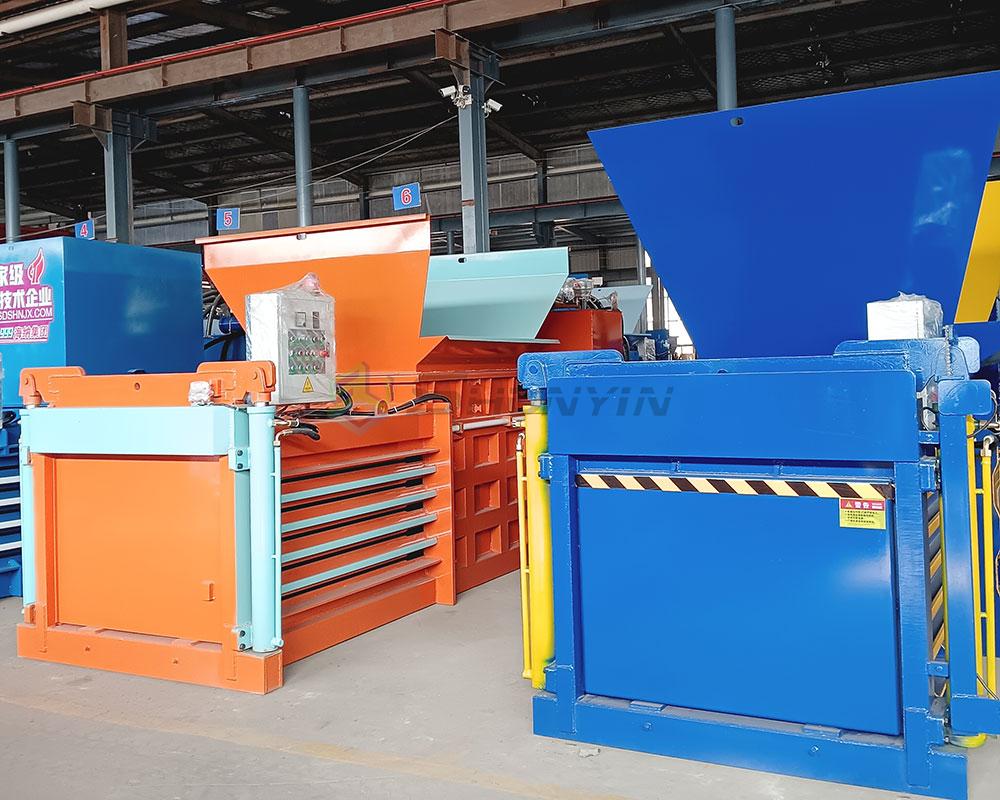
Never compare sticker prices alone. Smart buyers scrutinize operational expenses that dominate ownership.
Total Cost of Ownership Analysis
North American facilities report 3 common overlooked expenses:
- Energy Consumption: Non-certified units draw 20-30% more power. One California warehouse cut €9,000/year after upgrading to our servo-motor models.
- Downtime Costs: Cheap hydraulic valves fail mid-cycle, halting production. Calculate downtime losses using this formula:
Hourly Revenue Loss × Repair Time (hours) × Annual Failure Rate
Premium European pumps ensure <0.5% unplanned downtime. - Part Replacement Frequency: Inferior wire-cutting blades dull fast. Our hardened steel blades last 3x longer—email me for abrasion test data from Shanghai Metallurgy Labs.
Certifications like CE mark add 10-15% upfront but prevent import rejections. I’ve witnessed clients forfeit shipments at Vancouver ports due to missing docs. Let’s WhatsApp discuss your target price—we’ll customize options keeping TCO under budget.
Why Is CE and ISO Certification Important When Buying a Horizontal Baler?
View certifications as legal armor, not paperwork. A Jakarta buyer once shared how fake ISO documents got his shipment confiscated. Genuine CE/ISO validation protects capital and reputations.
CE and ISO certifications guarantee safety compliance with EU/OSHA standards and production traceability systems. They prevent import seizures and ensure balers meet material-handling durability tests during constant 24/7 operation cycles.
Beware PDF certificate scams—verifiable digital IDs are non-negotiable for overseas shipments.
Verification Protocol for Buyers
- Database Cross-Checks: Demand certificate numbers to validate via CE or ISO.org portals. I provide QR-linked digital certificates showing real-time status. Many fakes crumble here.
- Production Audits: Visit factories virtually or via partners like SGS to inspect:
- Welding seam testing records
- Hydraulic pressure simulations
- Electrical safety documentation
- Penalty Exposure Risks: Non-compliant equipment risks €50k EU fines and insurance voids after accidents. We maintain ISO 9001 manufacturing traceability—ask for batch inspection videos.
For Canada-bound shipments, CSA certification alignment matters most. Our clients export successfully by integrating these verifications early. Message me to request third-party validation reports.
How to Find a Reliable Horizontal Baler Supplier From China?
Alibaba listings deceive many first-time importers. A Toronto recycler I helped avoided a trader trap by demanding workshop livestreams. Real factories show metal-cutting sparks in real-time.
To find reliable Chinese suppliers, demand factory tour videos validating owned workshops/machines, verify export credentials (specifically USA/Japan shipments), secure minimum 1-year warranties covering critical parts, and bypass middlemen via direct B2B channels like our ShunYin site.
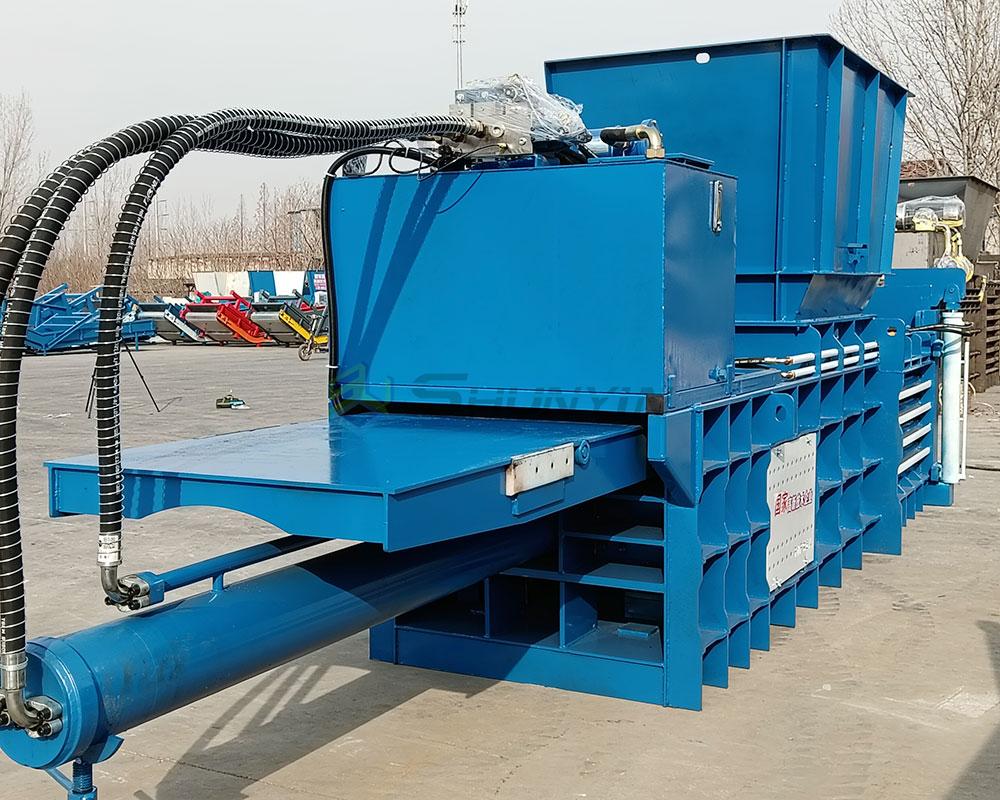
Trade shows like IFAT in Munich reveal actual production capabilities beyond sales pitches.
Three Pillars of Vetting Suppliers
- Infrastructure Proof Points:
- Production line capacity >200 units/year
- In-house R&D with CNC machines
- Warehouse footage confirming stock
I invite video calls showing our 5 Guangzhou lines daily—see baler rams being laser-calibrated.
- Logistics & Documentation Transparency:
- Bill of Lading samples with client nations
- Pre-shipment FCL/LCL coordination teams
We handle 75% of port clearances for EU/NA clients via partners like Maersk—request case studies.
- After-Sales Enforcement:
Issue resolution SLAs (72 hours for remote diagnosis)
2-year hydraulic cylinder warranty standard
Local technician network access
Sourcing without these checks invites disasters like delayed installations. Message our team for a supplier scorecard template refined from North American buyer demands.
Conclusion
Choosing a horizontal baler demands material adaptability verification, TCO calculations beyond upfront prices, strict certification validation, and direct manufacturer relationships. Let’s strategize your perfect fit over WhatsApp.


